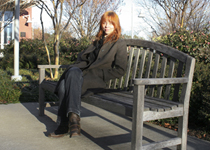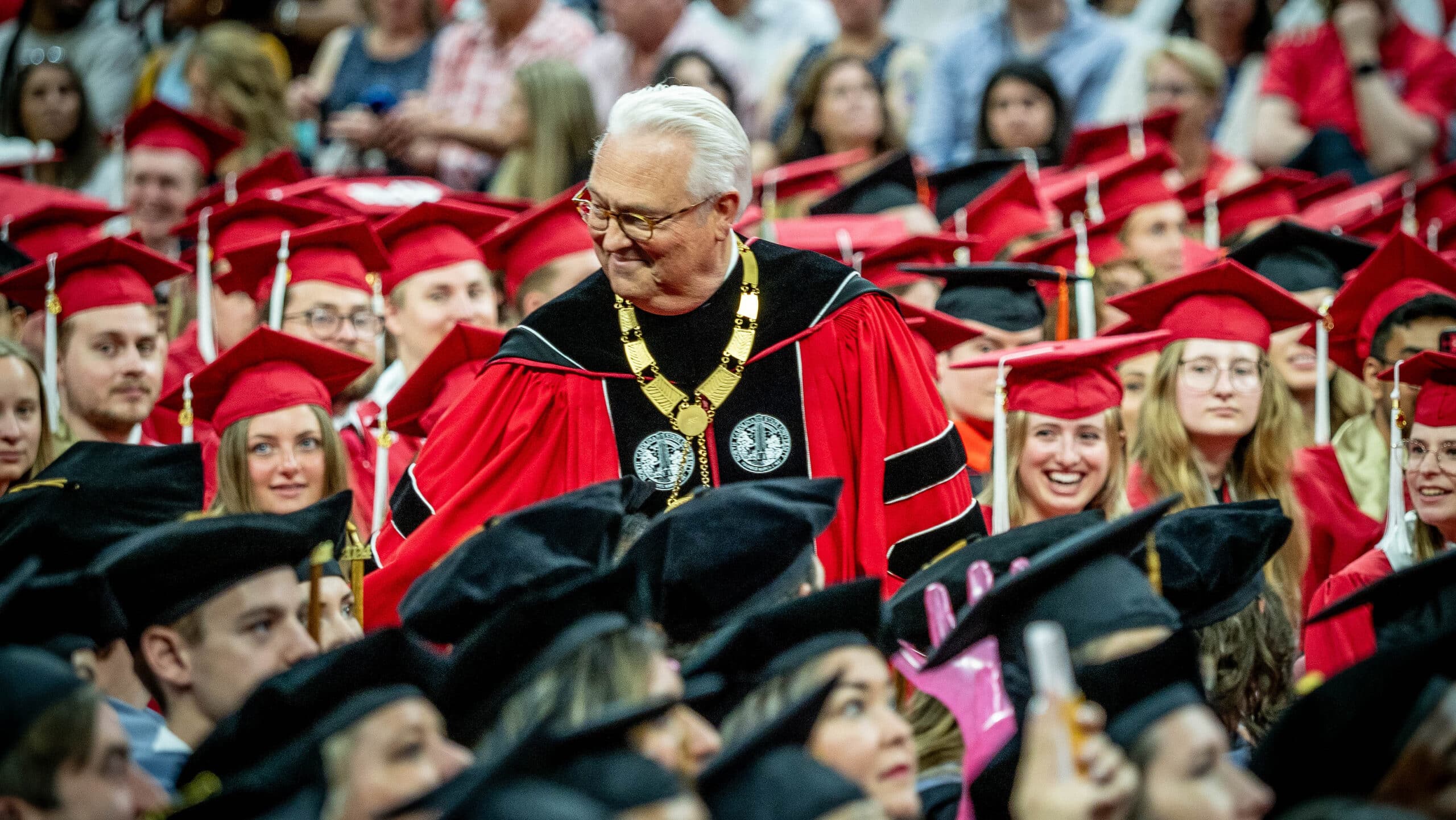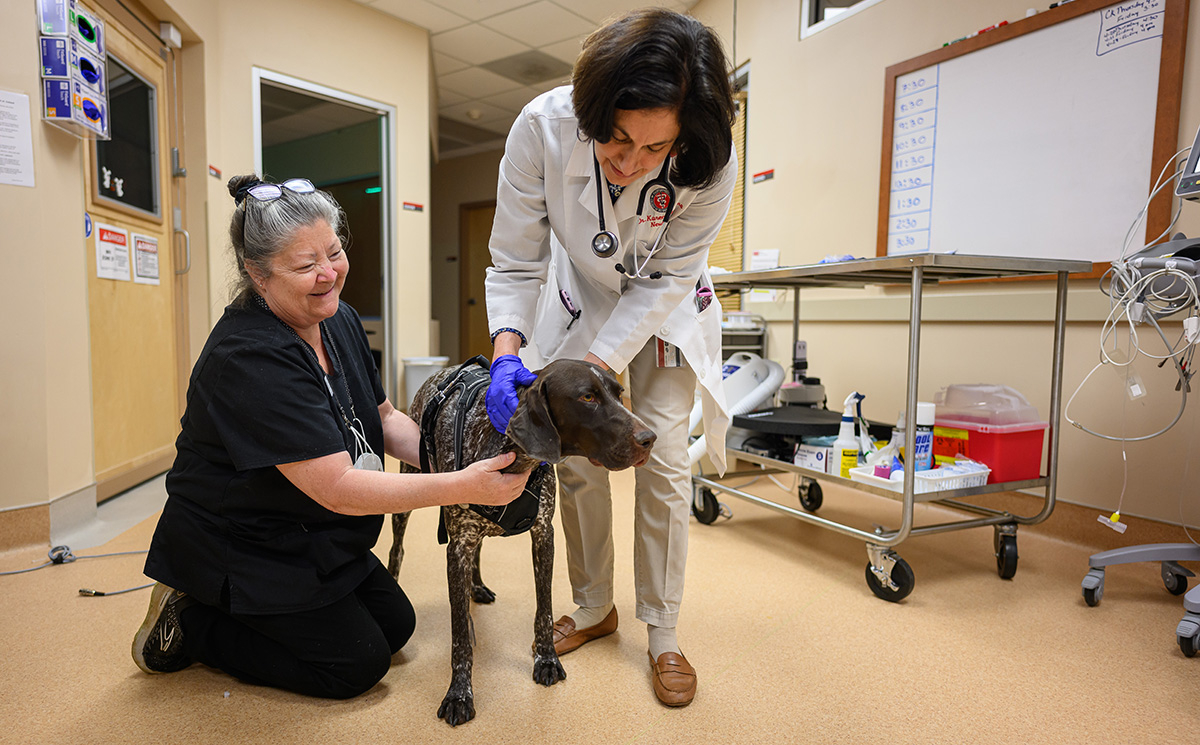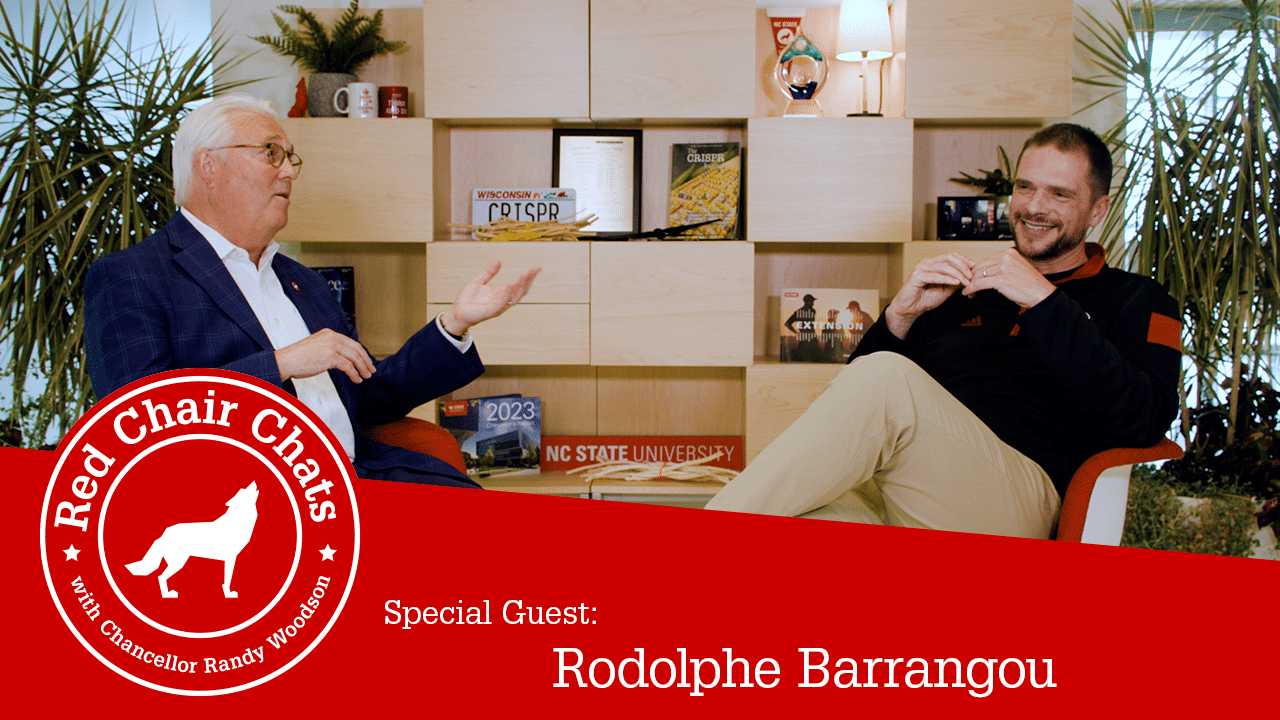A Haven for Kids and Art
When she graduates with a degree in art and design in May, Shelley Smith will leave behind more than just tough studio courses in the College of Design and friends across campus. She’ll also be handing off the leadership of a community service project she’s nurtured for the past two years that’s introduced local at-risk youth to the life-changing power of art.
“I wanted them to know that art is possible for anyone,” she says. “It can be a way to express yourself, to escape. And it can also be a career and educational path.”

A Positive Vision
Smith was among a handful of Caldwell Fellows who launched the project, called New Sense Studios, in the fall of 2008. They teamed up with Haven House, a community organization that helps struggling young people and their families develop positive and successful relationships at home, at school and in the community.
“Our vision was to create an art program in which NC State students could teach kids 10 to 17 art and design as a means of positive development,” Smith says.
Today the program provides hands-on training in everything from stop motion animation to digital photography, illustration and bookmaking at the Wade Edwards Learning Labs. But it got off to a slow start, meeting after school twice a week in the dining room of a runaway shelter.
Early Challenges
The early workshops attracted just a couple of kids, and the program moved around from semester to semester, making it difficult to provide consistency.
“One or two volunteers did all the work, which was fine when the program was new,” Smith says. “But by the fall of 2009 it was starting to grow. We just didn’t have the artistic support we needed.”
That changed thanks to Marvin Malecha, dean of the College of Design, who arranged for the program to move under the auspices of the new Contemporary Art Museum.

New Energy
“It created a sense of accountability when the college took it on,” Smith says. “We had the faculty and the administration on our side. Members of the design council went around to all the freshmen studios and announced that we were working together.”
At the next training session, 40 volunteers showed up, twice the number needed to run the program.
Looking back, Smith doesn’t regret the hundreds of hours she spent volunteering with the program, even though she never received a single college credit for the work.
“My educational experience has been more than just what I learned directly in the classroom,” she says. “Through service I learned discipline, I learned to be accountable, and I learned that art and design have a bigger place in the community than just a show in a gallery.”
- Categories:


